INDIAN ARMED FORCES CHIEFS ON OUR RELENTLESS AND FOCUSED PUBLISHING EFFORTS

The insightful articles, inspiring narrations and analytical perspectives presented by the Editorial Team, establish an alluring connect with the reader. My compliments and best wishes to SP Guide Publications.

"Over the past 60 years, the growth of SP Guide Publications has mirrored the rising stature of Indian Navy. Its well-researched and informative magazines on Defence and Aerospace sector have served to shape an educated opinion of our military personnel, policy makers and the public alike. I wish SP's Publication team continued success, fair winds and following seas in all future endeavour!"

Since, its inception in 1964, SP Guide Publications has consistently demonstrated commitment to high-quality journalism in the aerospace and defence sectors, earning a well-deserved reputation as Asia's largest media house in this domain. I wish SP Guide Publications continued success in its pursuit of excellence.
- Indian Air Force Aims for Full Indigenous Inventory by 2047 — Air Chief Marshal A.P. Singh
- General Upendra Dwivedi takes over as the Chief of the Army Staff
- Rajnath Singh assumes charge as Defence Minister for the second consecutive term
- Admiral Dinesh K. Tripathi assumes Command of the Indian Navy as 26th Chief of the Naval Staff
- Prime Minister witnesses 'Bharat Shakti' – a Tri-Services Firing and Manoeuvre Exercise in Pokhran, Rajasthan
'Make In India' Project 75 India begins
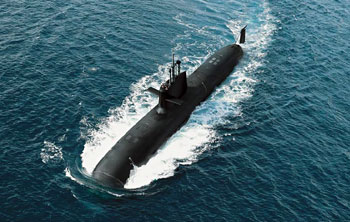
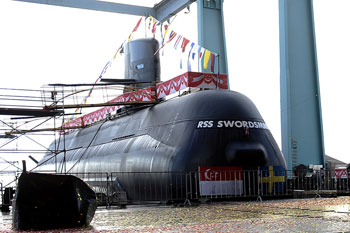
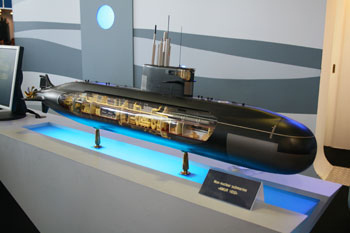
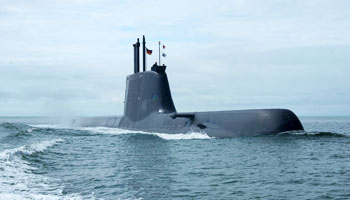
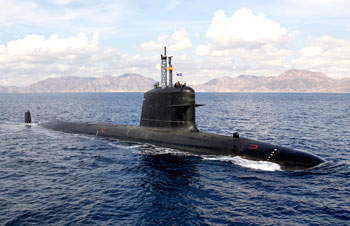
Top sources indicate to SP's that the shipyards that will be sized up for the mammoth programme include Mumbai's Mazagon Dockyard Ltd (MDL), Hindustan Shipyard Ltd (HSL) in Visakhapatnam, Goa Shipyard Ltd (GSL), Garden Reach Shipbuilders & Engineers (GRSE) in Kolkata, Cochin Shipyard Ltd, Larsen & Toubro (L&T) and Pipavav. The project definition has been through a slew of combinations of where the submarines will be made, with Friday's decision finally deciding that all six submarines will be built in India on the lines of the predecessor P75 Scorpene production line at MDL, Mumbai. Bids will be invited from Indian shipyards to build the six submarines using transferred technology from a foreign partner. The field, as it stands, is wide open.
Submarine contenders include France's DCNS Scorpene, Russia's Rubin Amur 1650, the German HDW Type 214, Spain's Navantia S-80 and possibly Sweden's Kockums Archer-class. With the proposed Italian-Russian S1000 platform set to be indefinitely postponed, it doesn't figure. The submarines will need to be equipped land attack missiles and Air Independent Propulsion (AIP).
As reported by SP's, Russia's Central Design Bureau for Marine Engineering Rubin has mounted an aggressive campaign for the Amur 1650, which it regards as a priority project for the Russian military industrial complex considering that India has shifted away from Soviet conventional submarines following the Kilo-class. "Amur 1650 is the most effective modern non-nuclear submarine available today. Compared to similar boats in its class, the Amur distinguishes itself by possessing the capability to strike missile salvo attacks from all torpedo tubes against sea and fixed land targets, target detection range increased with respect to other existing sonar means due to availability of unique sonar system and a far lower noise level."
DCNS has also pushed hard for India to choose to build more Scorpene submarines, given a line already exists. Germany hasn't forgotten its loss to DCNS in India's Project 75, and will be looking to turn the tables in the P75I programme with the Class 209's successor, the Class 214 submarine. According to the company, "It is well equipped to undertake a wide scope of missions ranging from operations in littoral waters to ocean-going patrols. The modular weapon and sensor mix, in combination with the submarine's air-independent features, makes the HDW Class 214 predestined for anti-surface ship and anti-submarine operations, intelligence, surveillance and reconnaissance tasks, special forces operations. The HDW Class 214 design is characterised by increased underwater endurance and low detection risk using the proven Fuel Cell system for air-independent propulsion, increased diving depth, low revolution, permanently excited PERMASYN motor for maximum speed without transient switching noises, optimised signature management, sonar development within the ISUS 90 for increased low-frequency detection ranges (flank array), large weapon payload for a mix of torpedoes, missiles and mines, integration of Torpedo Countermeasures (TCM) system. Thanks to its modular design and high degree of automation, this submarine is a very cost-effective weapon system, extremely difficult to detect and thus the unbeatable solution for future-orientated navies." Spain's Navantia S-80 could be a dark horse contender. With its severe weight issues reportedly sorted out and the construction of boats for the Spanish Navy finally on track.





